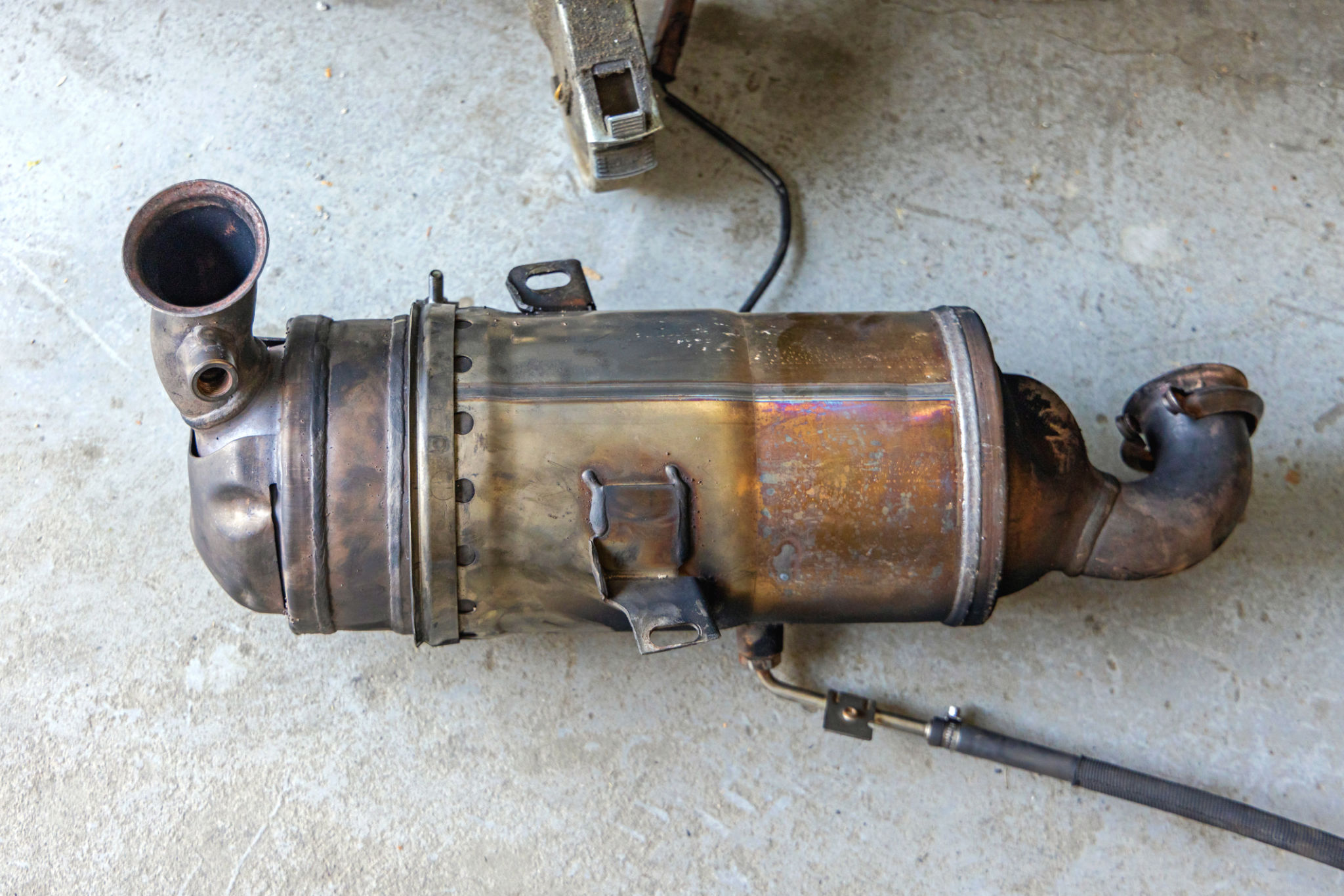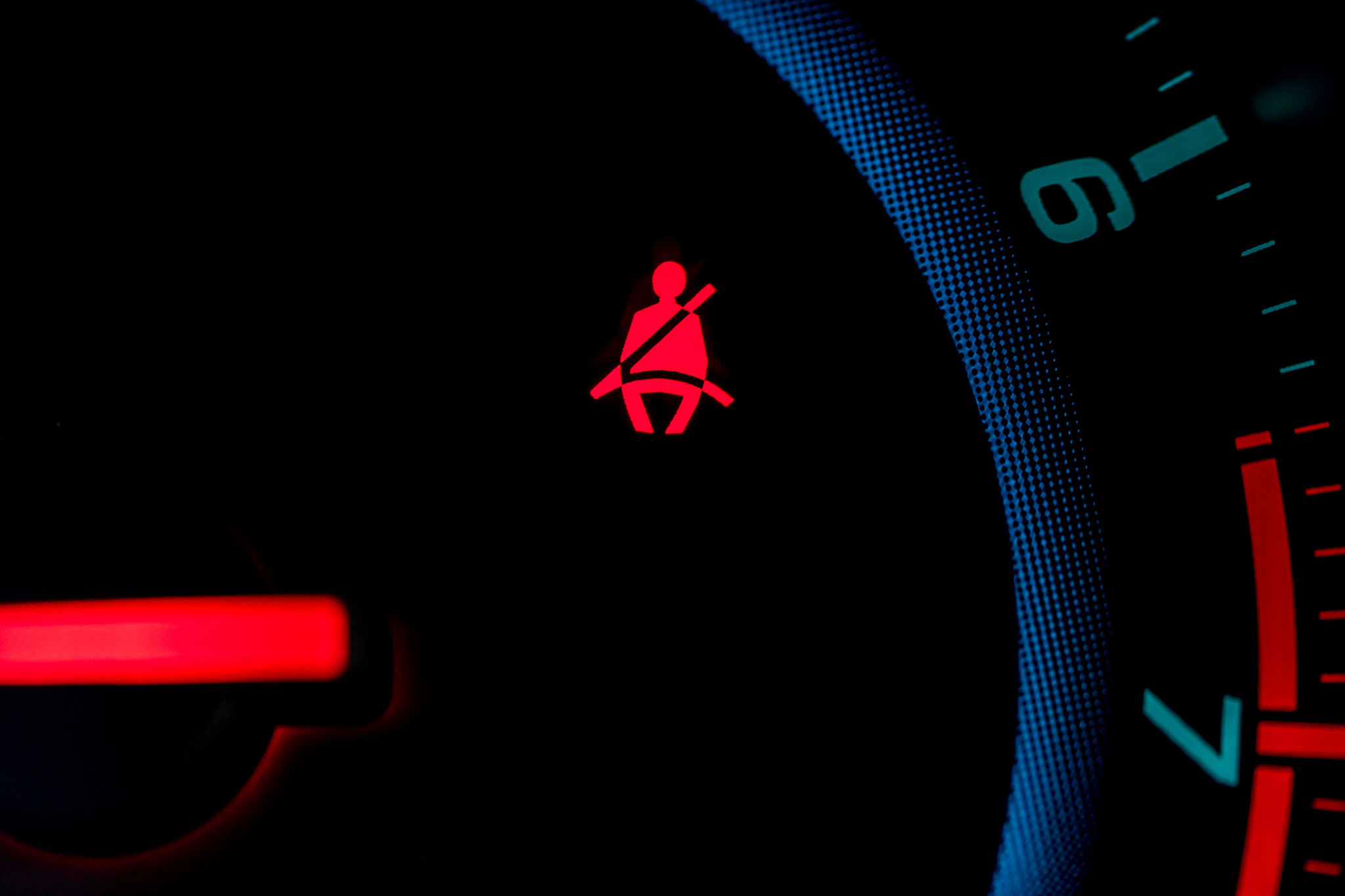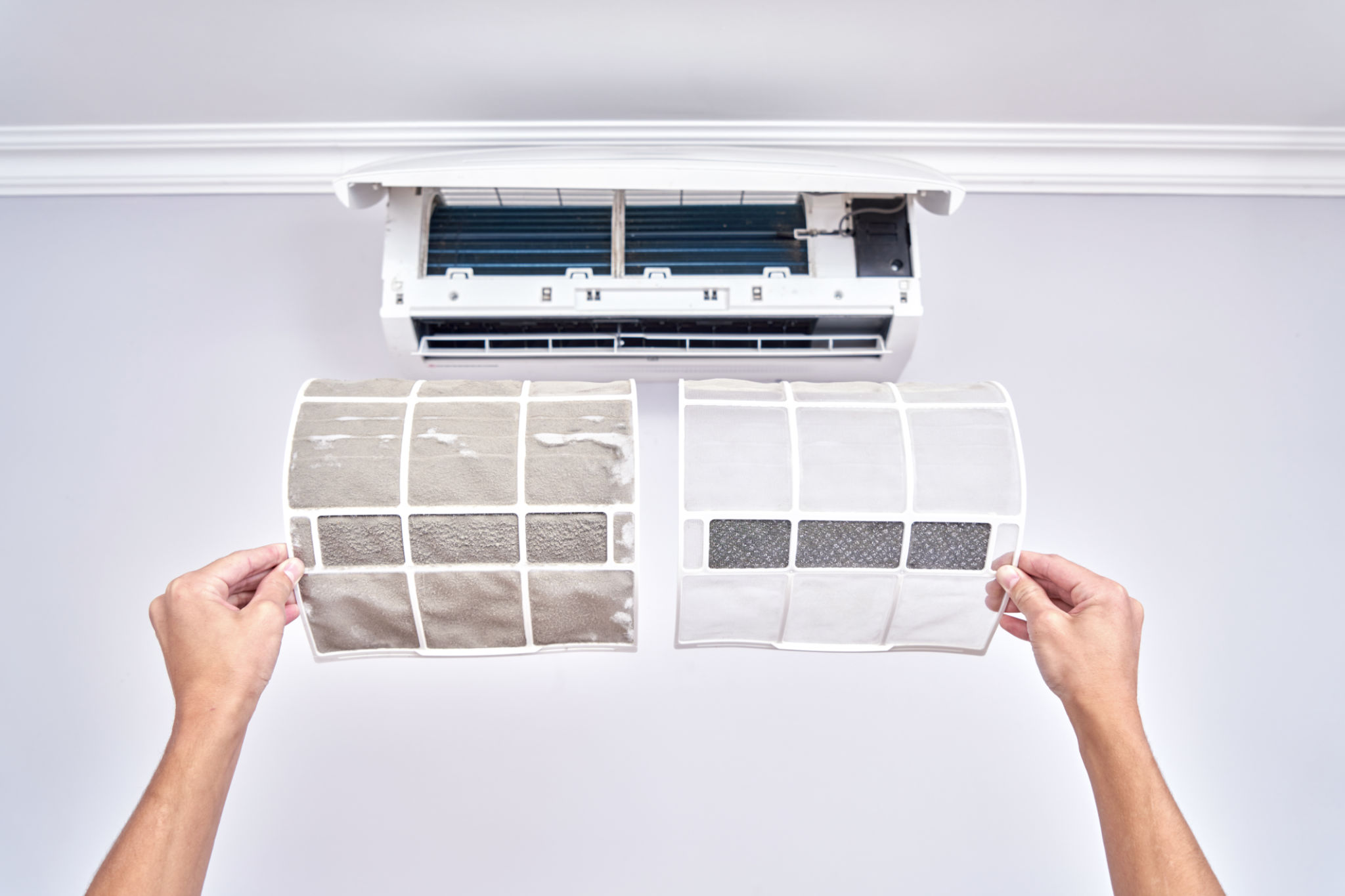Comprehensive Guide to Cleaning a Diesel Particulate Filter: What Every Car Owner Should Know
Understanding Diesel Particulate Filters (DPFs)
Diesel Particulate Filters (DPFs) are crucial components in modern diesel engines, designed to reduce emissions by capturing and storing soot particles. Over time, these filters can become clogged, leading to decreased engine performance and increased emissions. Regular maintenance of your DPF is essential for optimal vehicle performance and environmental compliance.

Why Regular Cleaning is Essential
Regular cleaning of the DPF not only ensures that your vehicle remains in good working order but also extends the lifespan of the filter itself. Ignoring a blocked DPF can lead to costly repairs and even engine damage. It's important to incorporate DPF maintenance into your vehicle's regular service schedule.
Signs Your DPF Needs Cleaning
Recognizing when your DPF requires attention is key to preventing more serious issues. Common indicators include:
- The DPF warning light on your dashboard is illuminated.
- Noticeable reduction in engine power and acceleration.
- Increased fuel consumption.
- Unusual exhaust smoke.

Methods for Cleaning a DPF
There are several methods available for cleaning a DPF, each with its own advantages and considerations. Here are a few common techniques:
1. Manual Cleaning
This involves removing the DPF from the vehicle and using specialized equipment to clean it. This method is thorough but requires professional expertise.
2. On-Vehicle Cleaning
Some services offer on-vehicle cleaning, where the filter is cleaned without removal. This can be more convenient but may not be as effective as manual cleaning for heavily clogged filters.

3. Additive Solutions
Chemical additives can be added to the fuel to help break down soot particles and facilitate regeneration of the DPF. This method is often used as a preventive measure rather than a solution for a severely clogged filter.
Steps for DIY DPF Cleaning
If you choose to clean the DPF yourself, follow these general steps:
- Ensure the engine is cool before starting.
- Locate the DPF and, if necessary, remove it from the vehicle.
- Use a DPF cleaning kit or solution according to the manufacturer's instructions.
- Reinstall the DPF and run the engine to complete a regeneration cycle.

Regular Maintenance Tips
To keep your DPF in optimal condition, consider these maintenance tips:
- Use high-quality diesel fuel to minimize soot production.
- Regularly check for software updates from your vehicle manufacturer that may improve DPF performance.
- Ensure that your vehicle completes regular regeneration cycles by driving at highway speeds periodically.
The Importance of Professional Assistance
While DIY methods can be effective for routine maintenance, professional assistance is recommended for severe blockages or when you're unsure about performing the task yourself. A trained technician can provide a thorough cleaning and inspection, ensuring your vehicle runs smoothly and efficiently.
By understanding and maintaining your Diesel Particulate Filter, you can ensure that your diesel vehicle remains reliable, efficient, and environmentally friendly.
